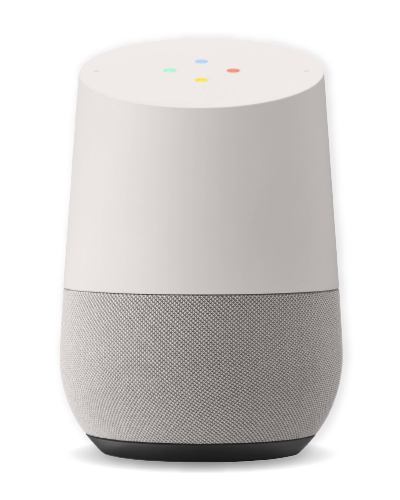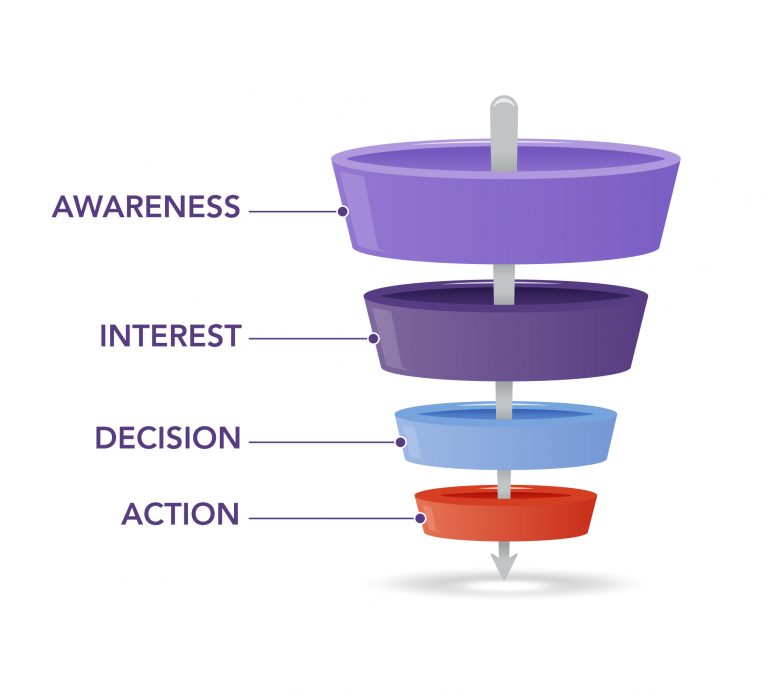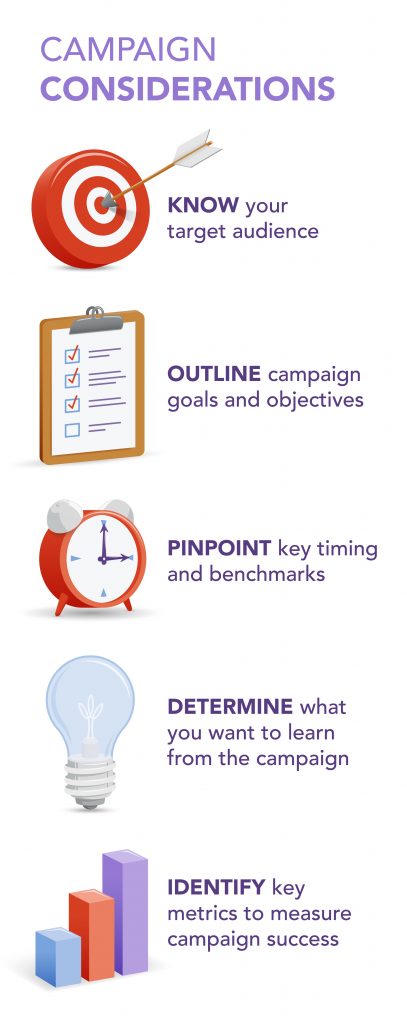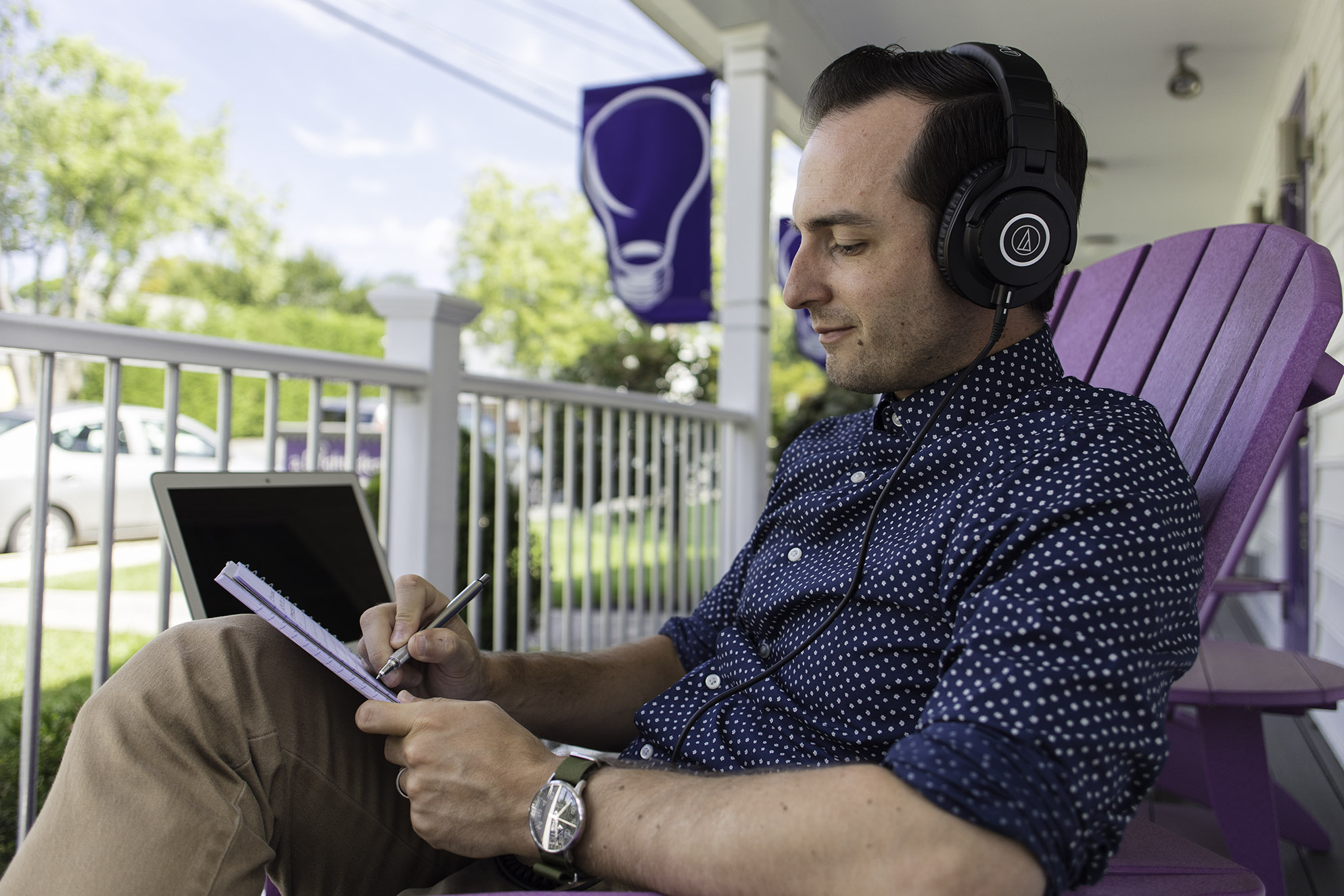Advancements in technology over the last 10-15 years continue to impact media consumption and the fragmentation of media channels. For our team at A. Bright Idea, this means we need to consider more factors and more options when developing an advertising strategy.
Traditionally we would talk about certain verticals of advertising – TV, radio, print and outdoor. Now, we’re constantly looking vertically and horizontally, considering how traditional media continues to evolve and integrating in new, emerging media options based on how audiences are choosing to consume their content. In one way, fragmentation can seem overwhelming – so many things competing for the same attention – but this fragmentation also means more competitive pricing and opportunities for added value, which benefits businesses of all sizes.
Think about it – who wouldn’t want to pay a set amount for their advertising campaign with the near guarantee that the return will value well over 100% of that investment? AKA – free advertising!

The most important step to digital advertising is developing a strategic campaign plan. To start, you must identify four items prior to developing a campaign. Knowing the answers to the following questions always helps get campaigns off to a good start.

With those details covered, let’s move to the first step in any strategic planning process: RESEARCH.
The importance of research can’t be stressed enough. This includes analysis of an advertiser’s target audience, how the target audience interacts with digital media and what digital advertising options are most effective when reaching this audience. Our team also reviews media research and data before recommending a digital advertising plan.
DIGITAL ADVERTISING EXECUTIONS
When it comes to digital advertising, you need to know about the three main options as they all offer different capabilities and achieve specific outcomes.
Search
Search campaigns involve placing ads on a search engine such as Google and targeting people actively searching for your products and services or similar keywords. Search is a strong lead generator and often the last touch point before an action is taken. By developing and implementing a list of keywords unique to your brand, we can reach users at the top of the page with engaging and relevant creative. Supporting search, we typically work with a trusted digital partner to develop keywords, manage bid prices, analyze and monitor competitor strategy and make ongoing optimizations to maximize budget and drive clicks throughout the campaign.
Programmatic Display
Programmatic display campaigns include banner ads on websites or within email newsletters. Not only can these ads be different sizes for desktop, mobile and tablet devices, but they can also take the shape of video, animation, interactive expandable units and dynamic creative.
Through advancements in targeting, we also have a lot more power to ensure ads reach your specific audience. We can focus on key audience characteristics or behaviors, and we can even target a person’s IP address. In addition, new technology allows us to use machine learning to identify best-performing creative and optimize toward those units to maximize results.
Depending on how long you run a programmatic display campaign, you want to ensure your creative remains fresh with a clear message that speaks directly to your target audience.
We find it best to reevaluate your creative after about two or three months to determine if a refresh is needed. We call this “creative fatigue.”
Paid Social
Paid social campaigns are exactly how they sound. Paying to run an ad campaign within social media channels. This could be Facebook, Twitter, Instagram, LinkedIn, Pinterest, YouTube, Snapchat or TikTok. You don’t need to run a campaign on all platforms, though. It really comes down to who your target audience is and the end goal you hope to achieve.
TARGETING YOUR AUDIENCE
So how do you know which strategy works best for which audience? It all goes back to the research and understanding your target demographic’s behavior patterns.
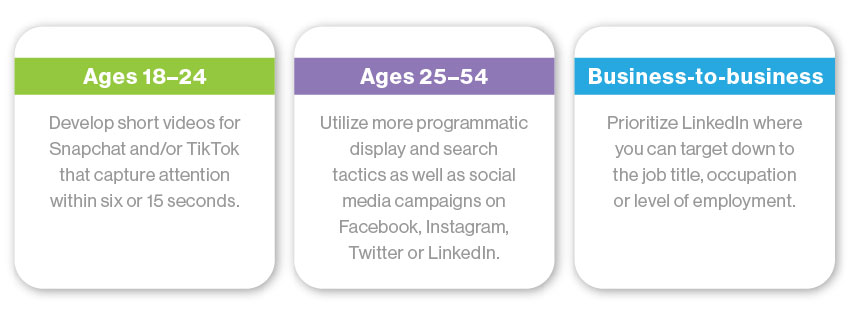
For a younger demographic (ages 18-24), you’ll want to specifically focus on developing short videos for Snapchat and/or TikTok that capture attention within six or 15 seconds.
For Millennials and older (ages 25-54), we recommend more programmatic display and search tactics. You also could see success with social campaigns on Facebook, Instagram, Twitter or LinkedIn.
If you’re not targeting a consumer, but focused more on a B2B model, LinkedIn is the place to be. As the most professional social network, you can target down to the job title, occupation or level of employment.
MEASURING SUCCESS
By now you may be wondering, what makes digital advertising so effective and how can you prove it’s successful?
To start, the top benefit of digital advertising is its trackability. Digital is the first medium that allows us to run a campaign and see results in real-time. Meaning, you can optimize on the go and make adjustments as needed based on the data. No other medium has that capability.
Digital also gives your target audience direct access to your brand for more information or interaction. Unlike a TV or radio spot, or even a billboard overlooking the highway, you don’t need to rely on your audience to take an extra step or action. With digital, they’re simply a click away from learning more about you.
KEY PERFORMANCE INDICATORS
When developing a campaign, we also set up key performance indicators, or KPIs, to determine how we will measure success. That easy trackability mentioned earlier really comes in handy here.
There are several different KPIs when it comes to digital advertising, all of which vary by tactic.
Impressions and reach evaluate who within our audience was exposed to the message; frequency then layers on to show how many times a user was exposed.
Clicks specifically measure a user going from an ad to the intended destination – clicking through to your website, clicking to make a call or even filling out a form directly within the platform.
Engagements measure a user’s interaction with an ad. Whether that interaction is through likes or comments on social media or going through the steps of an interactive component to completion.
Determining the best KPIs for your campaign all comes back to your end goal.
Brand Awareness = Impressions and Clicks
Lead Generation = Clicks and Engagements
INTEGRATING STRATEGIES
When developing your KPIs, keep in mind how your digital advertising can integrate into the full PESO model. The PESO model is a strategy that combines paid, earned, shared and owned media to deliver integrated marketing programs, expand reach and establish brands as leaders within their industry.
Let’s say you want to run an awareness campaign. You develop a microsite for this campaign and drive traffic through a social media campaign, media pitches and digital advertising. All of these pieces work together towards one common goal but cover all the necessary bases in terms of where you can reach your target audience.

The one thing all KPIs have in common is the strong reliance on data to tell the story. Watching the trends in advertising throughout our 25 years in business, we’ve seen data continuing to drive these evolutions. We anticipate data will continue playing a major role in the way we push forward, especially as systems become smarter. As new platforms are introduced, we will see a lot more availability in terms of products and tactics to test. Some new platforms and the availability of data may even impact how we use other tactics from the PESO model.
Bookmark this blog to your browser as a quick reference when thinking about digital advertising. Interested in launching a campaign? Email me at katie@abrightideaonline.com to request a digital advertising consultation.


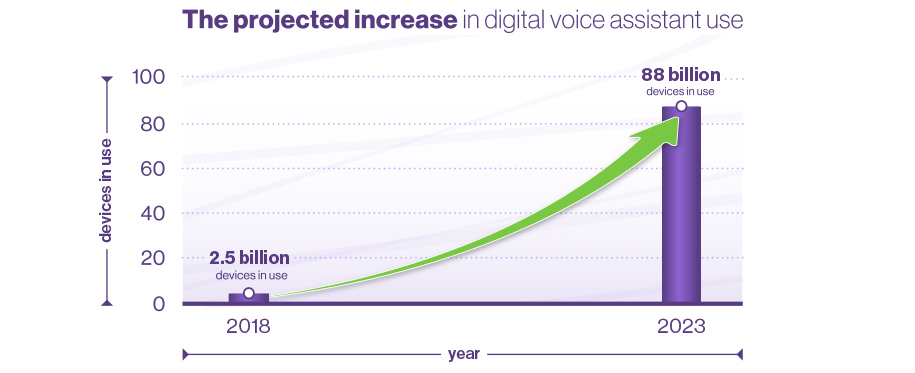 Advertisers can now reach the average consumer while they’re in-home or simply completing a voice search on their mobile devices. With expanding technology from top tech companies comes expanded opportunities for buyers to purchase goods or services and for advertisers to reach consumers through these devices.
Advertisers can now reach the average consumer while they’re in-home or simply completing a voice search on their mobile devices. With expanding technology from top tech companies comes expanded opportunities for buyers to purchase goods or services and for advertisers to reach consumers through these devices.